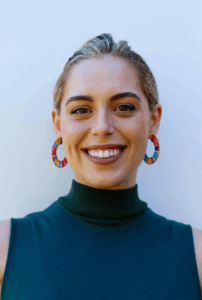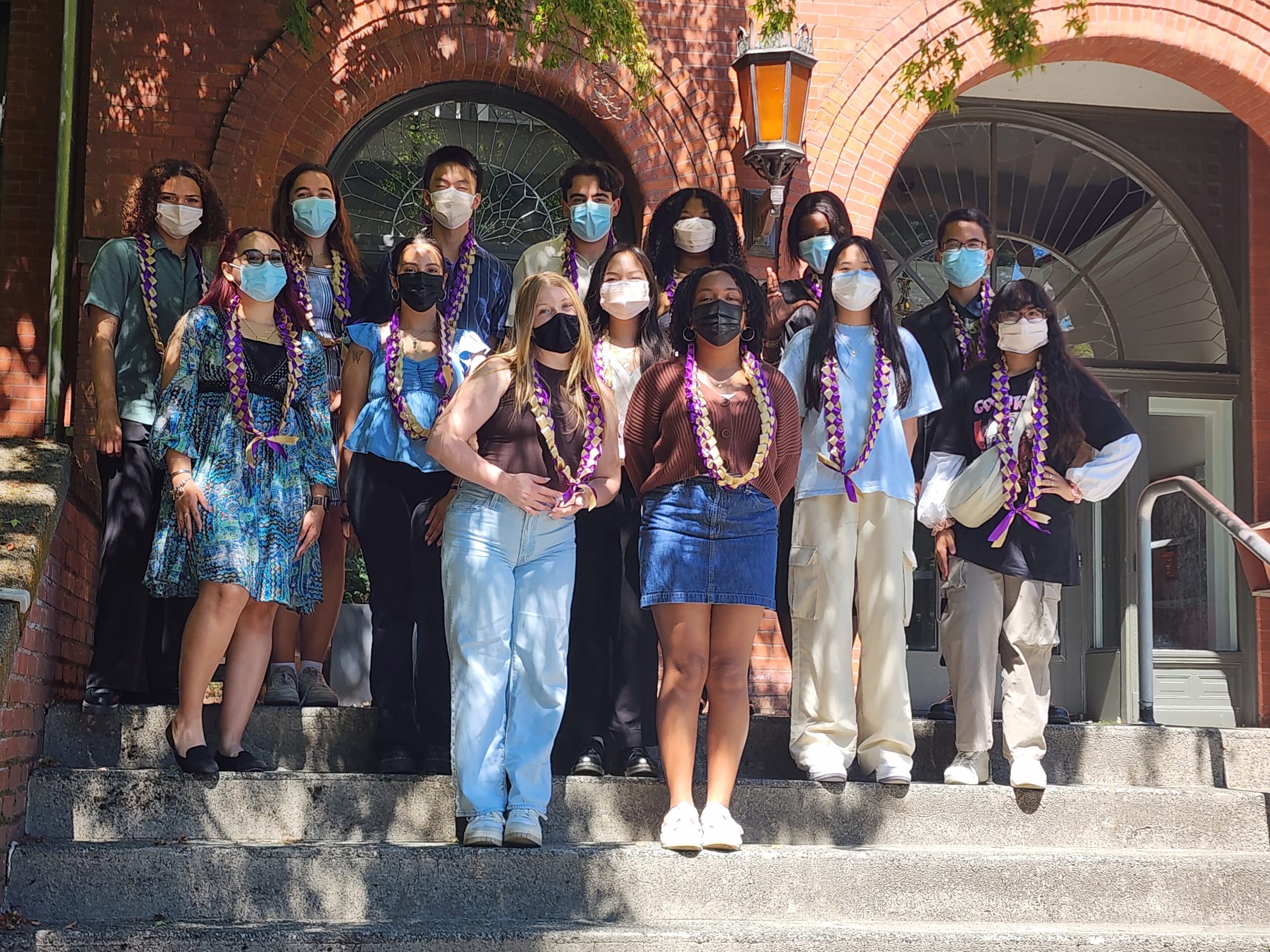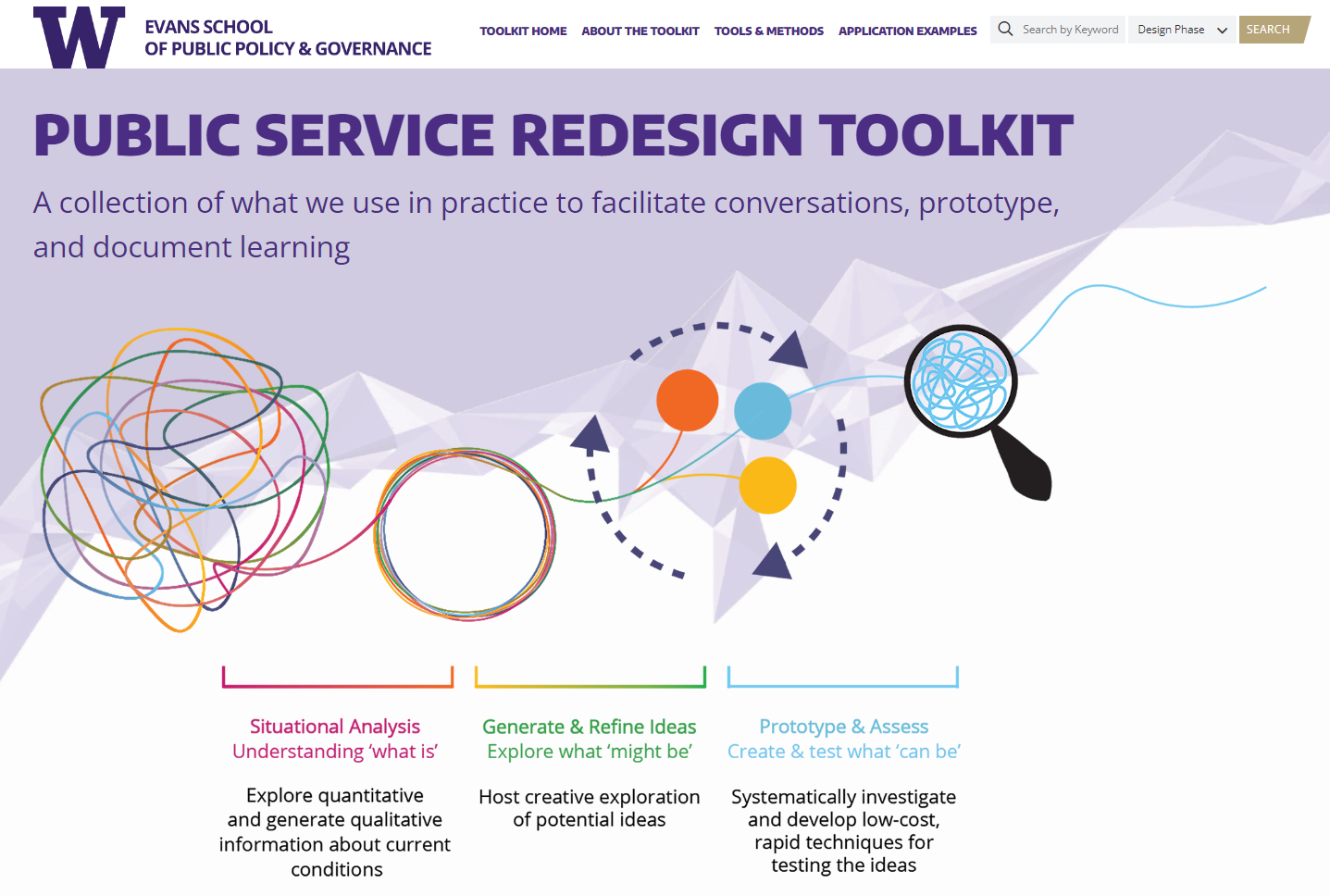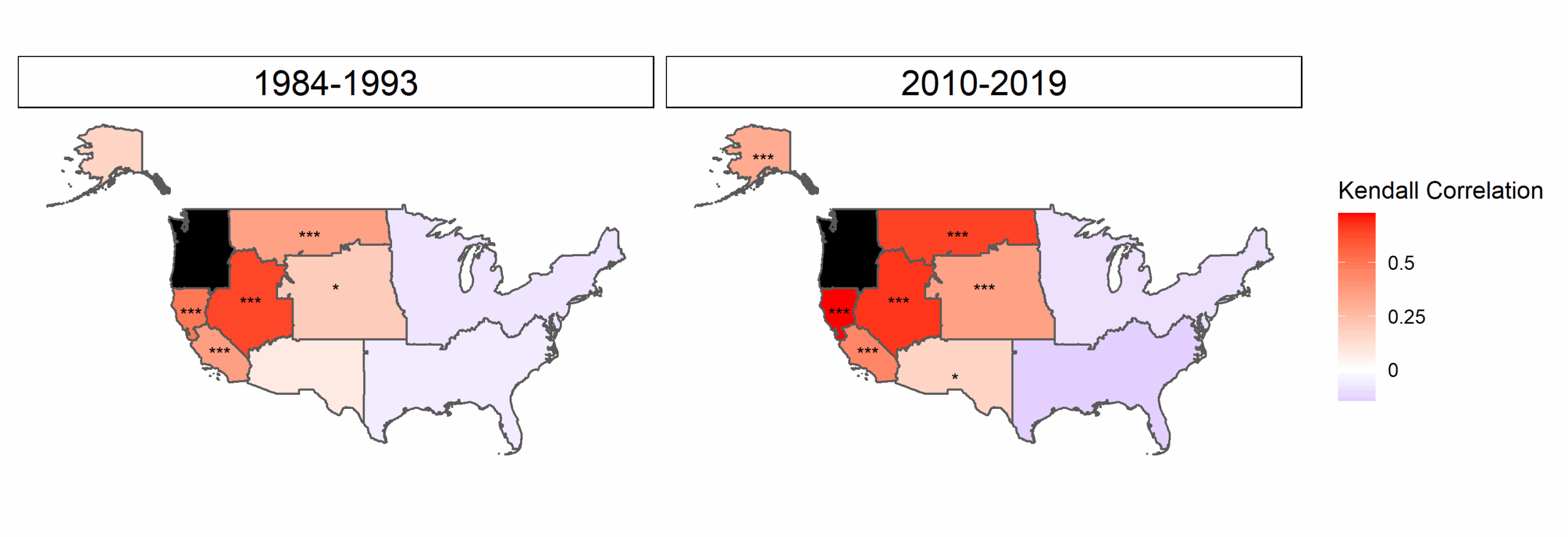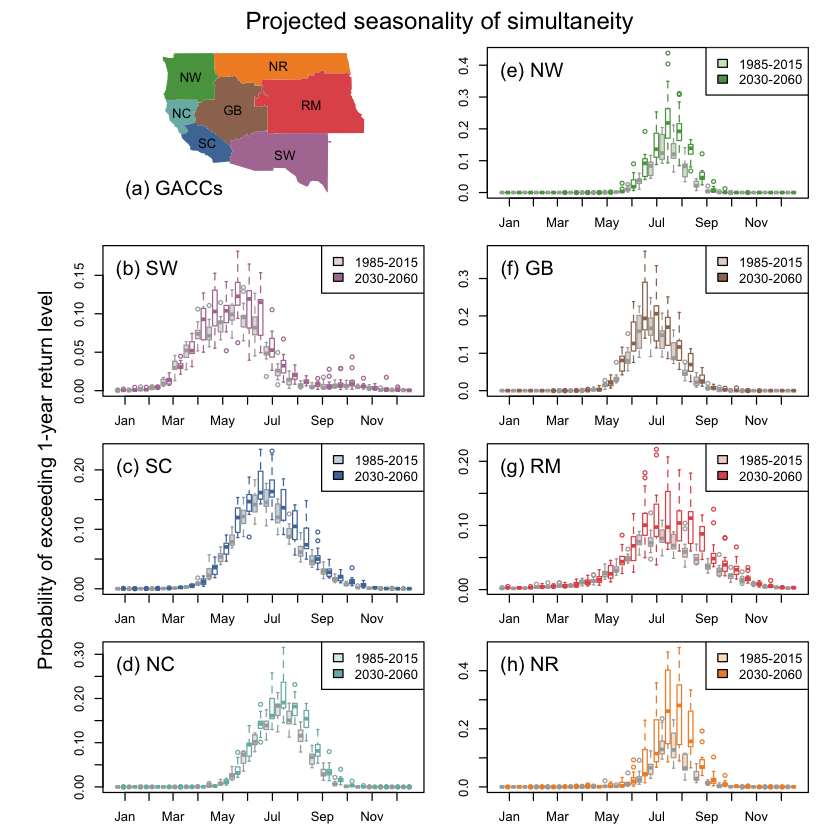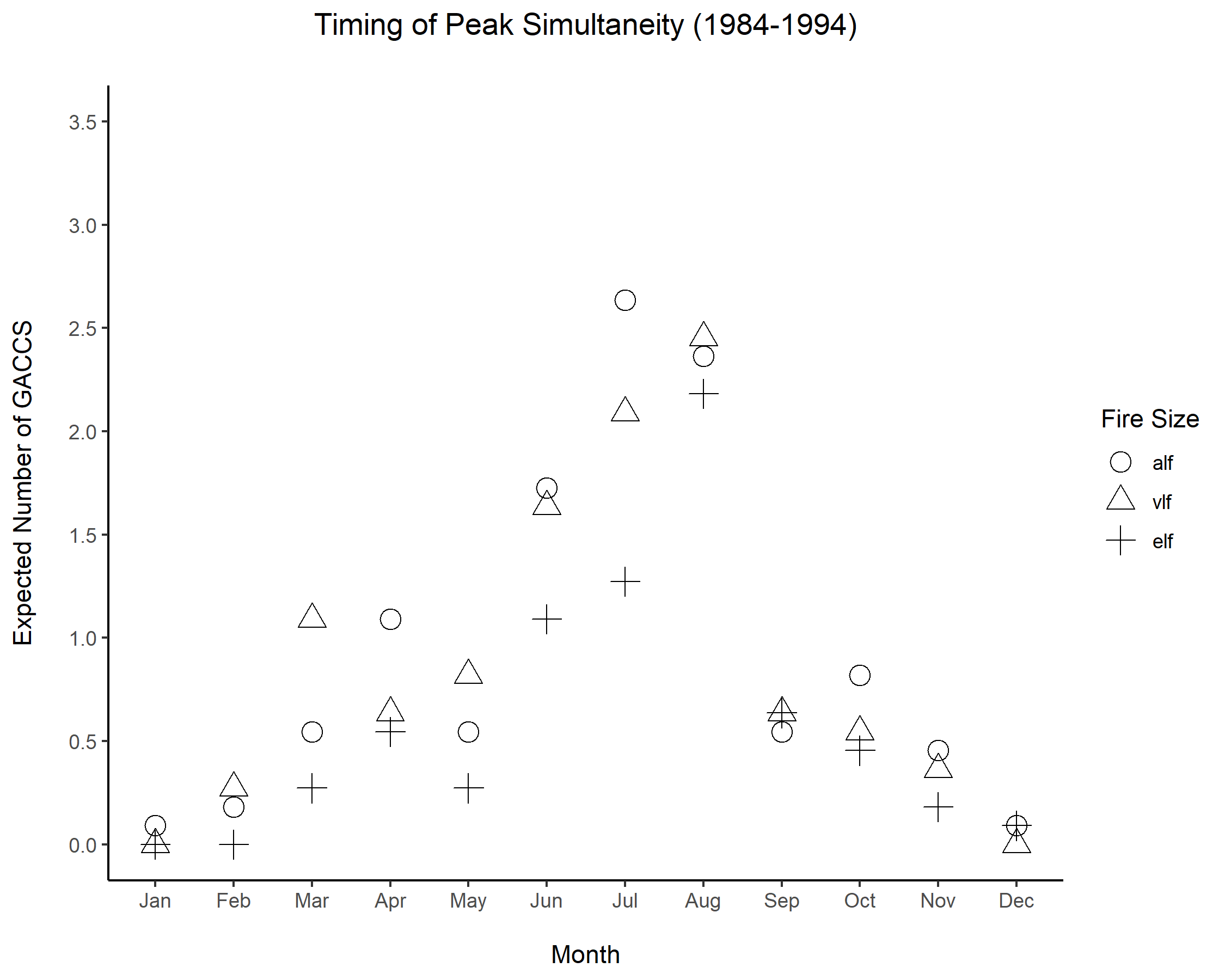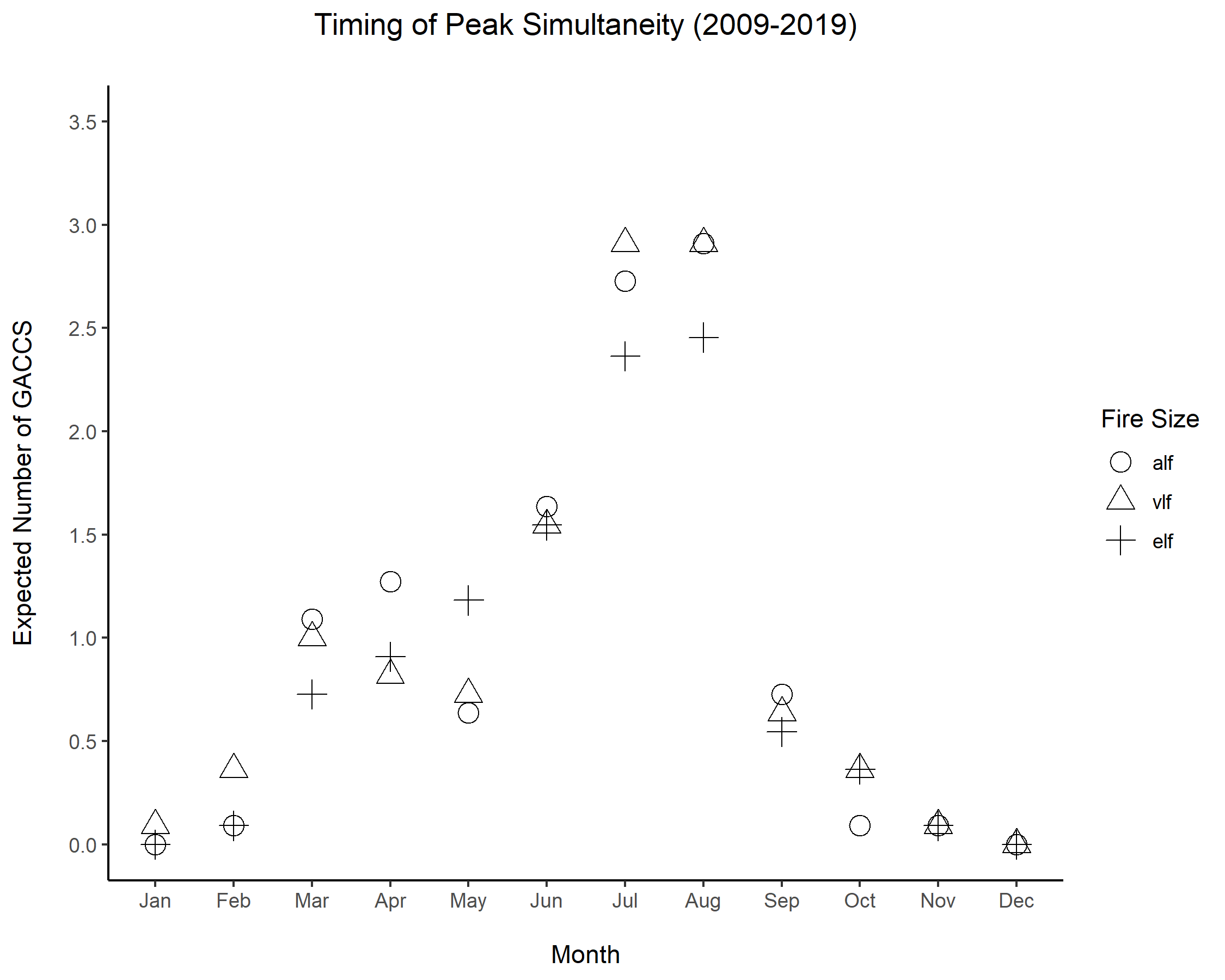Evans faculty Rachel Fyall and co-authors published, “Keeping Clean: A Qualitative Analysis of Water, Sanitation, and Hygiene Among Residents of Recreational Vehicles in Seattle, WA US,” in the International Journal on Homelessness.
Evans MPA student Hannah McKinley and co-authors published “Building community resilience to extreme heat: Lessons learned from Spokane, WA community conversations,” in Environmental Research Health.
Evans Ph.D. student Yu-Heng Jung and co-author Euipyo Lee, published “Linking innovation climate to innovative behavior in public organizations: Exploring the role of psychological needs,” in the International Public Management Journal.
Evans Ph.D. alum Matthew Fowle and Evans faculty Rachel Fyall published, “Evading the eviction moratorium: Changing patterns in formal and informal evictions and eviction tactics during the COVID-19 pandemic,” in the Journal of Urban Affairs.
Evans Ph.D. alum Gowun “Gonnie” Park and Evans faculty David Suárez, as part of a team of co-authors, published “Organizational Practices for Community Integration in Five Global Cities,” in Nature Cities.
Evans faculty Dafeng Xu published, “Effect of environmental regulation on sustainable household waste management in Nigeria,” in Utilities Policy.
Evans faculty Crystal Hall – along with a very distinguished group of UW scholars and Seattle community members – published, “Advancing Active Transportation Through Mobility Justice and Centering Community,” in Health Equity.
Evans Ph.D. alum Lizzy Pelletier, along with current Evans Ph.D. student Julia Karon, AU faculty Taryn Morrissey, and Evans faculty Scott Allard, published “The spatial inequality of early care and education centers,” in Early Childhood Research Quarterly.
Evans faculty Seba Bishu published a co-authored article, “Representative Bureaucracy in Property Assessment Appeals Administration: A Group-Level Analysis,” in Public Administration.
Evans research faculty Didier Alia and co-authors from the UW Department of Global Health, Kenya Ministry of Health and Medical Research & Programs Department, and Kenyatta National Hospital published, “Reimagining policy implementation science in a global context: a theoretical discussion,” in Frontiers in Health Services.
Evans faculty Karin Martin and co-authors published, “Estimated effect of fee repeal on family financial stress and juvenile probation outcomes,” in Psychology, Public Policy, and Law.
Evans faculty Steve Page published a book chapter, “Teaching with an Informed Mind and Relentless Curiosity,” in an edited volume, The Craft of Teaching in Public Affairs: Instructors Reflecting on the Tools and Tips of Their Trade, by William Hatcher, Beth M. Rauhaus, and Bruce D. McDonald III.
Evans faculty Ann Bostrom and Evans alum Deianna Madlambayan, along with a distinguished team of co-authors, published “Exploring NWS Forecasters’ Assessment of AI Guidance Trustworthiness,” in Weather and Forecasting.
Evans faculty Alison Cullen and Evans MPA alum, Brian Goldgeier, along with a team of co-authors published, “Characterising ignition precursors associated with high levels of deployment of wildland fire personnel, in the International Journal of Wildland Fire.

